How Much & How Often to Water Bamboo: Factors, Signs, & Tips
-
Pete Ortiz
- Last updated:
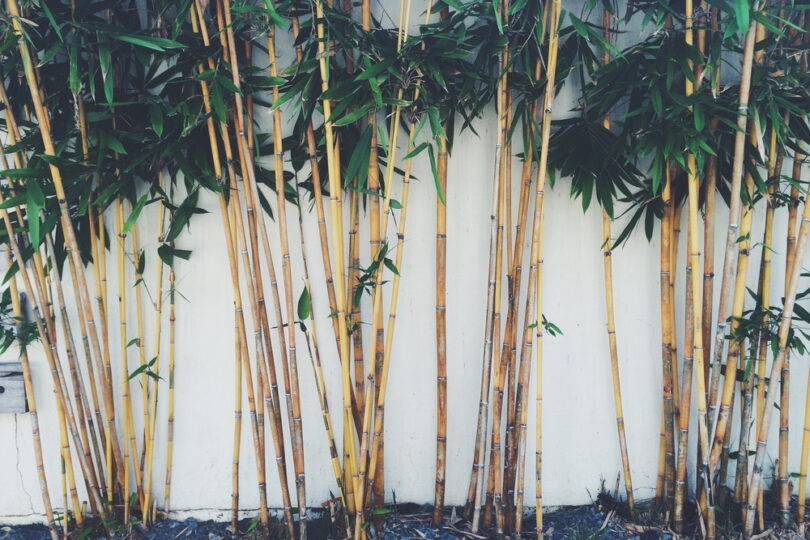
Bamboo is one of the most beautiful plants to have in a garden or backyard. It resembles a giant fern given its bright green appearance, tall growth, and interesting patterns on the stems. It’s known for its simplicity, adaptability, ease of growth, and tolerance to sunlight exposure. You can grow this undemanding weed in almost all soil types.
Its root system consists mainly of underground rhizomes (horizontal stems) that spread fast and make it ideal for growing alongside fences or other walls where space is available. While it is low maintenance, you’ll still have to consider several crucial factors to make sure your bamboos are prospering as they should.
So, you’ll want to water it well, which brings us to the question: how much and how often should you water bamboo? Well, we are here to answer that along with any more questions you may have. So, keep reading!
Frequency of Watering Bamboo Plants
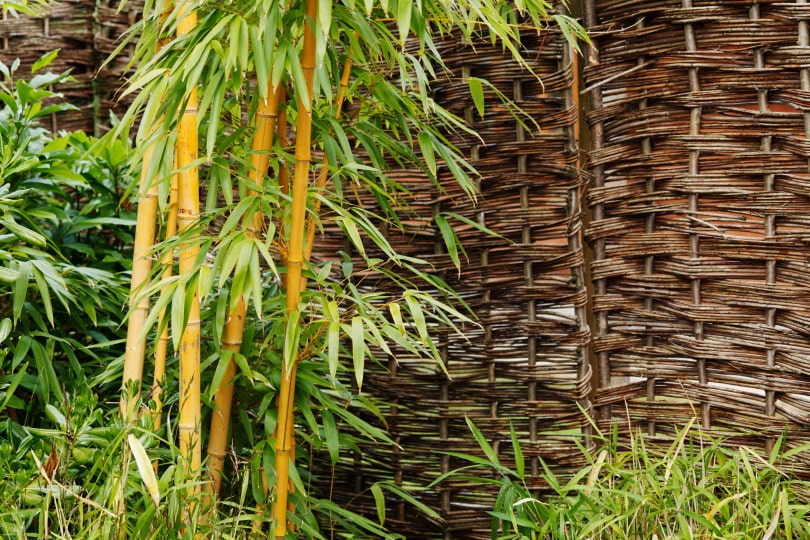
How much and how often to water your bamboo depends on where you live and where you plant it.
- Watering Frequency During Normal Weather: Bamboo grows best with a steady water supply, but you don’t want to drown it. Keep it well-watered but not overwatered. Usually, bamboo plants need at least 1 inch (2.5 cm) of water per week, and watering once per week should be enough.
- Watering Frequency During Hot Weather: Increase watering frequency to 2–3 times a week during hot weather or if planted on sandy soil. Some experts recommend watering your plant every day during extreme hot spells. It’ll ensure that the soil remains moist and keep your plants happy and healthy.
Factors Affecting How Much and How Often You Should Water Your Bamboo
- Weather: The amount of water your bamboo needs depends on the amount of rain your area gets. If you live in an arid climate, your bamboo will need more water than if you live in a wet area. If it’s raining, don’t give it any more water until the soil dries out.
- Where You Plant Your Bamboo: Another factor affecting how much water you need to give your bamboo plant is the location. If you plant it in direct sunlight all day long, it’ll need more frequent watering than in an area with filtered light.
- Established or Newly Planted Bamboo: If you’re watering newly planted bamboo, it’s crucial not to overwater or underwater it. Newly planted bamboo needs a lot of water at first since it is getting established in its new home. Once the roots have grown deep enough, you can start reducing the water you give them.
- Soil Type: Bamboo grows best in well-draining, fertile soil with good aeration. The most common soil types used to grow bamboo include sandy loam and heavy clay. Sandy soils drain fast, while heavy clay soils can retain water for a long time. If you have clay soil, you don’t need to water more often as you would for fast-draining soil like sand.
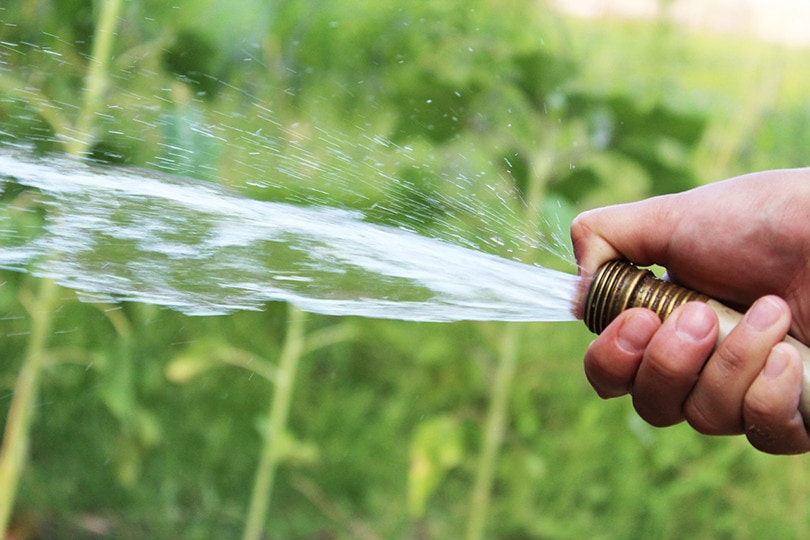
Signs You are Underwatering/Overwatering Your Bamboo
You’ve probably asked yourself, “How do I know if I am overwatering or underwatering my bamboo plant?”
- Dry Soil: The first sign that you’re underwatering your bamboo plant is dry soil. If you notice the top inch or two of soil is always dry, then it means you’re not giving it sufficient water.
- Leaf Tips Turning Brown: Another sign that indicates your bamboo plant does not get enough water is when the tips of its leaves turn brown. When this happens, it means that there’s insufficient moisture within the plant’s system, which causes leaf tip burn.
- Curly Foliage: When the leaves on your bamboo plant curl up, it’s usually a sign that the bamboo plant doesn’t have enough water. Underwatering causes the roots not to absorb nutrients from the soil, leading to weak roots and stunted growth of the plant which includes curling of the leaves.
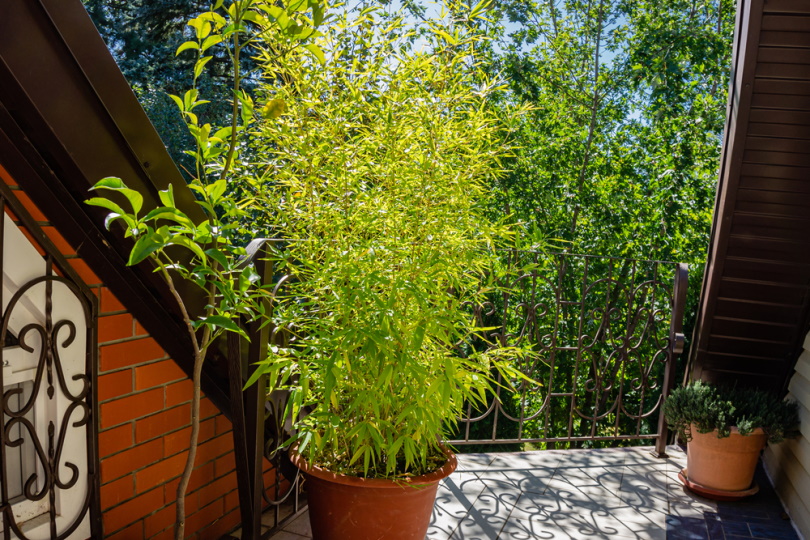
- Yellow Leaves: It’s normal for bamboo plants to lose some leaves as they grow. They also shed old leaves for new ones. But if all your bamboo leaves turn yellow and fall off, it shows there’s too much water in the soil.
- The Canes Begin to Rot: Overwatering is one of the primary causes of cane rot in bamboo. It happens when you keep your bamboo wet for too long or if there’s standing water in the pot or garden where it grows.
- The Soil Becomes Soggy or Mucky: If you notice the upper layer of soil in your container or garden is soggy or mucky after watering, it’s a sign that you have overwatered your bamboo plant. So, it is best not to water again until this layer of mud has dried out completely.
The 4 Tips for Watering Bamboo
Bamboo plants thrive in humid environments, but even if you live in a dry area, you can still grow provided you water them well. The best time to water them is in the morning or the evening when there will be reduced evaporation. The plant will have ample time to absorb the water before it dries out or evaporates.
Below are more tips to keep in mind.
1. Feel the Soil for Moisture
The soil around your bamboo plants should be moist but not wet. If it gets too wet, the roots can rot and die. To avoid this problem, feel for soil moisture before adding any water. Dig your fingers into the soil and turn them around to feel soil moisture. Do this every 3–4 days. If it feels dry, water it immediately. If it does not feel dry, wait another day before watering again.
2. Spray Water on the Soil Around the Bamboo

It’s best to spray water directly on the soil around your bamboo plant rather than overhead. This keeps the leaves dry, preventing mold from developing on top of leaves and stems. Use a hose or a watering can with a fine mist nozzle.
Also, ensure you use rain or distilled water for this purpose. The bamboo plant is delicate, and you don’t want to use tap water as it contains salts and chemicals.
3. Ensure the Soil Is Well-Draining
Bamboo needs good drainage for its roots to thrive. Ensure your soil drains well by adding plenty of organic material on top of it. If anything is blocking the drainage, remove it.
When you plant bamboo, dig a hole twice as big as the root ball. Then, fill it with compost, sand, and topsoil before planting the root ball. The addition of compost helps aerate the soil around your bamboo’s roots. It also allows them to grow well without becoming waterlogged.
4. Use Mulch to Retain Moisture
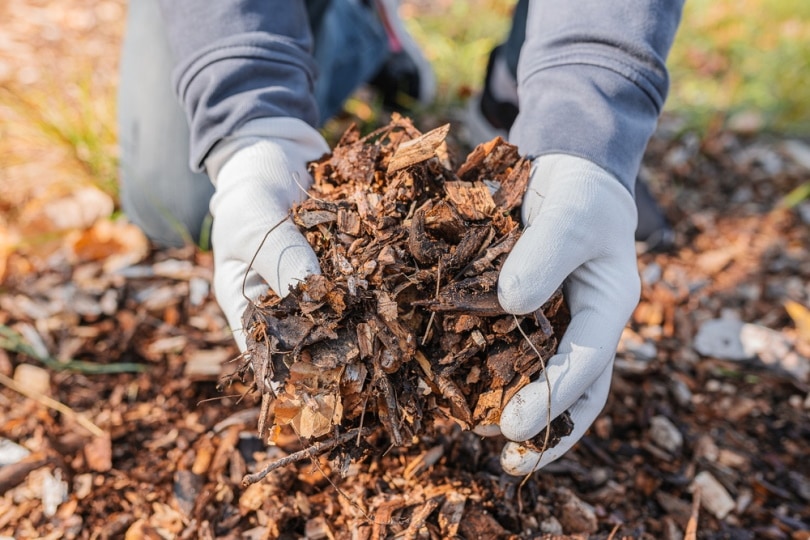
If you have trouble keeping your bamboo moist during hot weather, use mulch around the base of each plant to retain moisture around each clump of bamboo and keep it from drying out too fast. Mulch also keeps weeds away and even prevents erosion of nutrients from the soil due to heavy rain or windstorms.
However, make sure the mulch doesn’t get too deep, as this can cause rot in the bamboo stems. A simple rule of thumb is to not apply more than 3 inches of mulch around your bamboo plants. The ideal depth of mulch is 2–3 inches.
Final Thoughts
There you have it! Bamboo is a popular choice for landscaping with its consistent growth and ability to clean the air and water. Caring for this plant is paramount. An appropriate watering schedule will keep the plant healthy and strong.
You now know the basics of bamboo watering. Besides, you know when to water, how often to water, and signs to look out for if you give it too much or too little water. So, follow these tips and enjoy the majestic beauty of your bamboo plants.
See Also: How To Grow Jute Plants In Your Backyard (Step-by-Step Guide)
Featured Image Credit: masterone, Shutterstock
Contents



